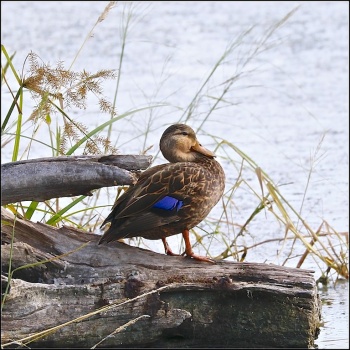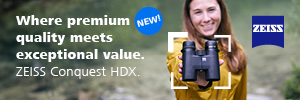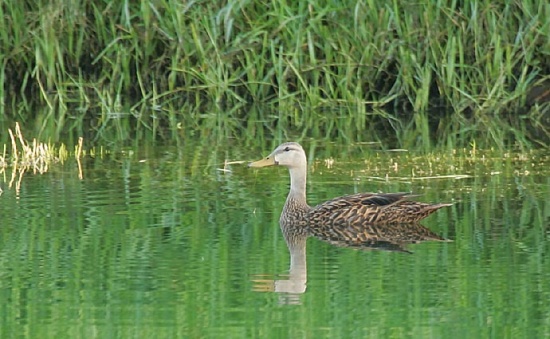(Attempt to disguise copied text. Imp sizes. Picture of female. All sections now started. Incomplete gone) |
m (Typo) |
||
| Line 12: | Line 12: | ||
:*Yellow in male | :*Yellow in male | ||
:*Greenish-yellow in female | :*Greenish-yellow in female | ||
| − | [[Image:Mottled Duck female.jpg|thumb|350px|right|Female<br />Photo by {{user|Stanley+Jones|Stanley | + | [[Image:Mottled Duck female.jpg|thumb|350px|right|Female<br />Photo by {{user|Stanley+Jones|Stanley Jones}}<br />Estero Llano Grande State Park, Weslaco, Hidalgo County, [[Texas]], [[USA]], October 2016]] |
==Distribution== | ==Distribution== | ||
[[North America]]: found around the Gulf of Mexico and [[Florida]]. | [[North America]]: found around the Gulf of Mexico and [[Florida]]. | ||
Revision as of 10:26, 26 January 2017
- Anas fulvigula
Identification
53–58 cm (20¾-22¾ in)
- Dark body
- Lighter head and neck
- Orange legs
- Dark eyes
- Greenish-blue wing patch
- Bill
- Yellow in male
- Greenish-yellow in female

Female
Photo by Stanley Jones
Estero Llano Grande State Park, Weslaco, Hidalgo County, Texas, USA, October 2016
Photo by Stanley Jones
Estero Llano Grande State Park, Weslaco, Hidalgo County, Texas, USA, October 2016
Distribution
North America: found around the Gulf of Mexico and Florida.
Taxonomy
Subspecies
There are 2 subspecies[1]:
- A. f. fulvigula:
- A. f. maculosa:
- Gulf coast of US (Alabama to southern Texas) and north-eastern Mexico; introduced to South Carolina
Habitat
They can be found on a wide variety of wetland habitats.
Behaviour
Diet
They are omnivorous and opportunistic feeders, their diet consisting of items such as molluscs, aquatic insects and plants.
Breeding
Their nest is built on the ground amongst vegetation.
References
- Clements, J. F., T. S. Schulenberg, M. J. Iliff, D. Roberson, T. A. Fredericks, B. L. Sullivan, and C. L. Wood. 2016. The eBird/Clements checklist of birds of the world: v2016, with updates to August 2016. Downloaded from http://www.birds.cornell.edu/clementschecklist/download/
- Handbook of the Birds of the World Alive (retrieved December 2016)
- Wikipedia
Recommended Citation
- BirdForum Opus contributors. (2025) Mottled Duck. In: BirdForum, the forum for wild birds and birding. Retrieved 5 February 2025 from https://www.birdforum.net/opus/Mottled_Duck




